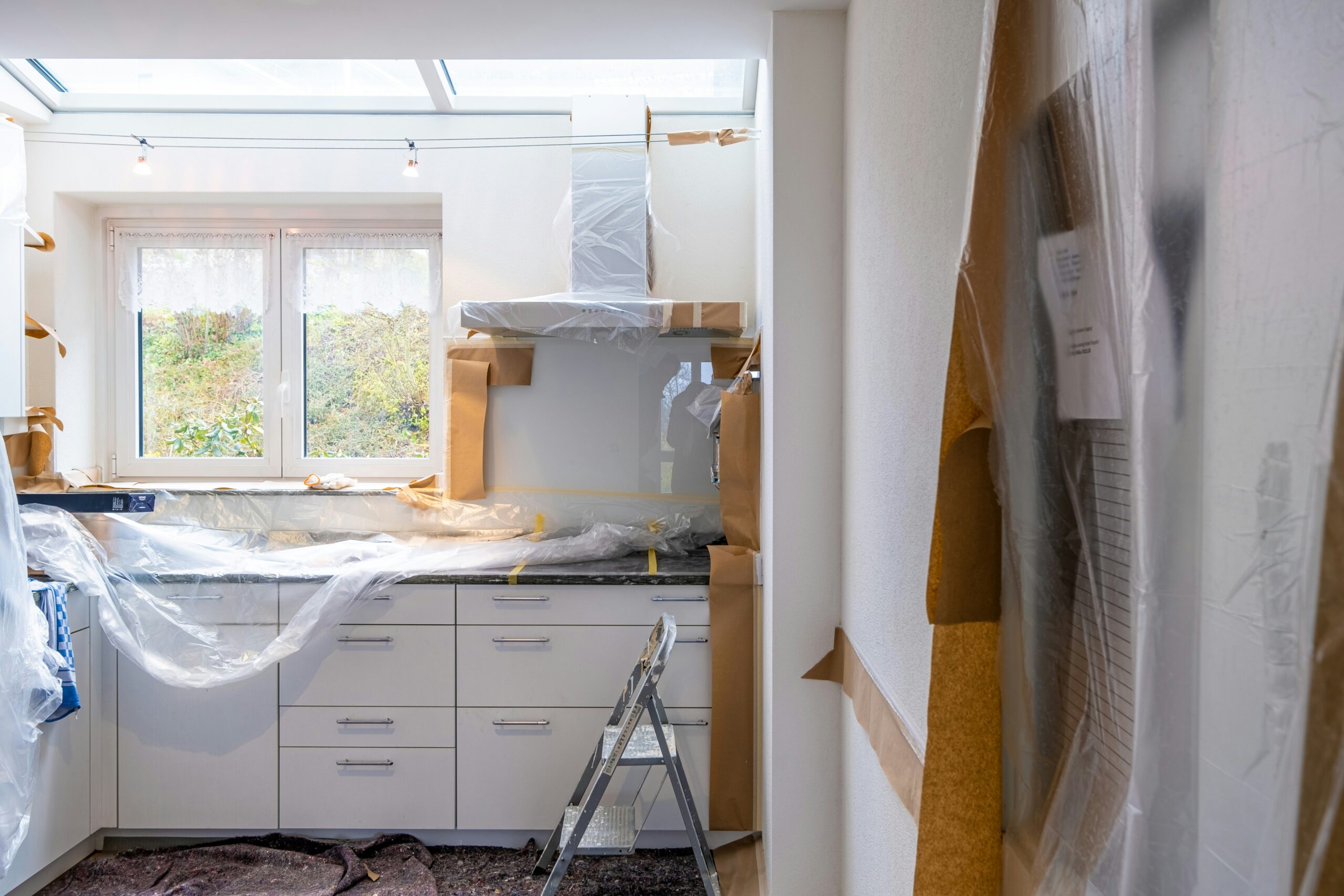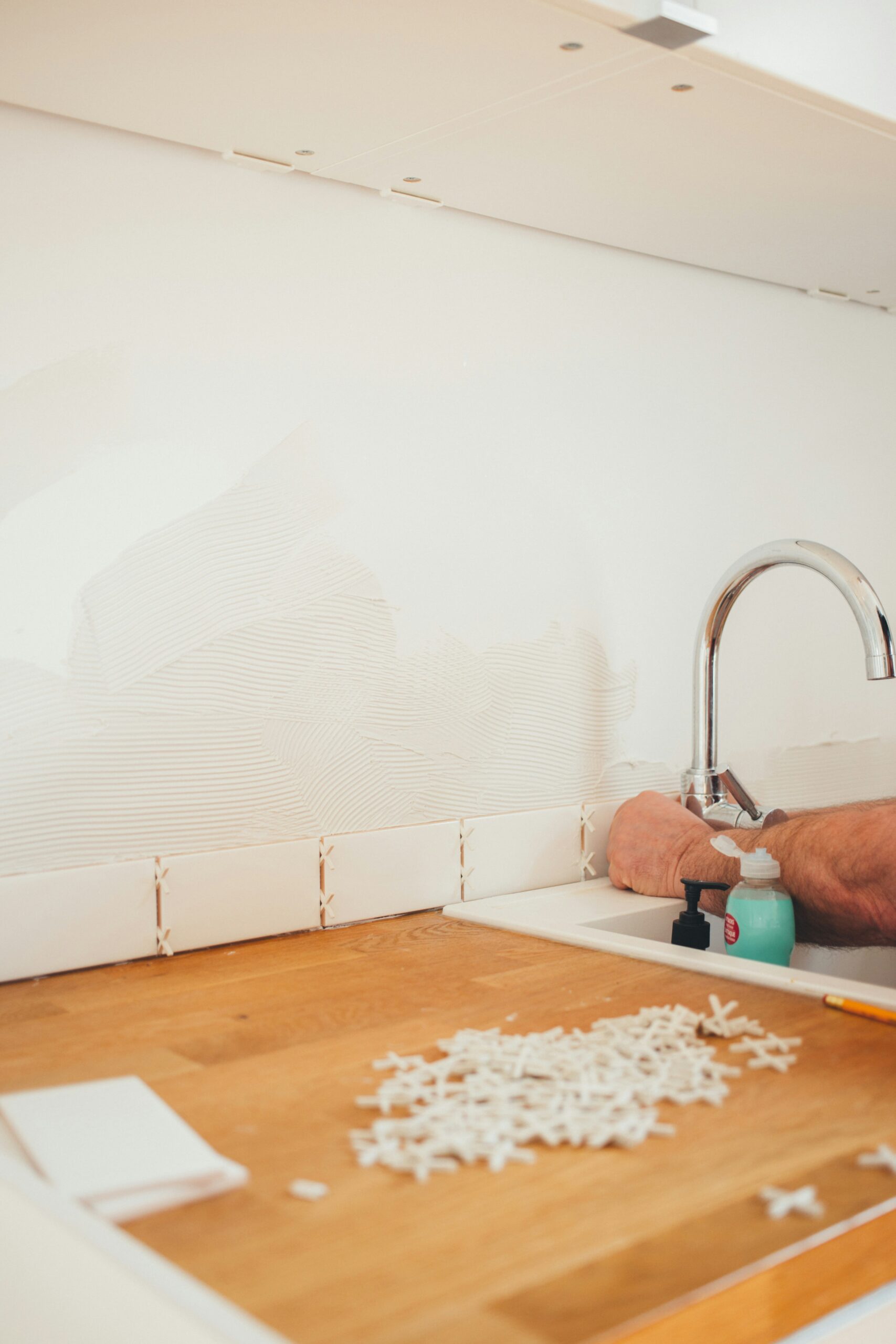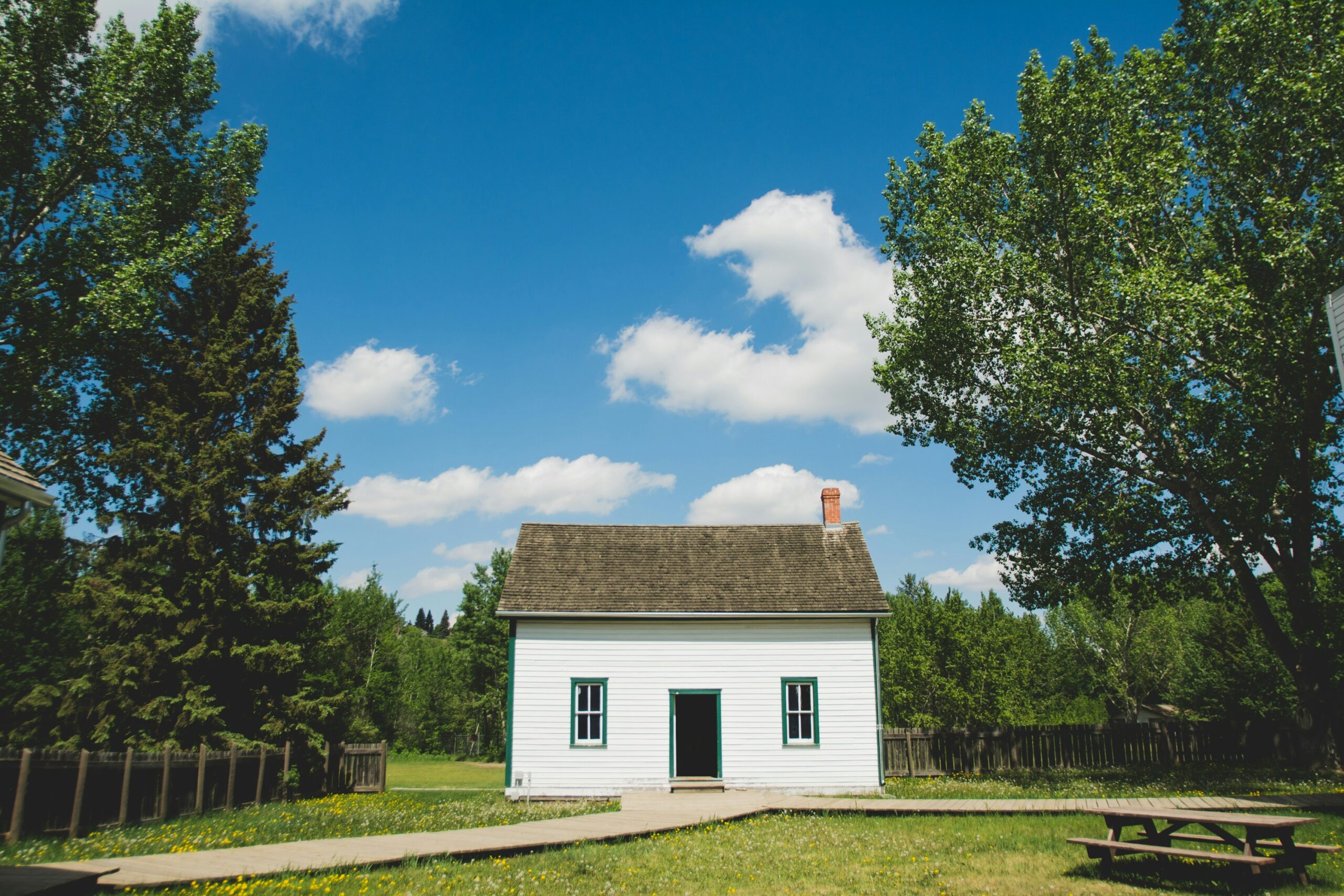Why I’m Loving Composite Decking for Colorado Backyards
July 21, 2025
Why I’m Loving Composite Decking for Colorado Backyards
July 21, 2025
Summer in Colorado means soaking up every bit of sunshine, grilling with friends, and spending as much time outside as possible. Whether it’s coffee on the deck in the morning or dinner under the stars, outdoor living is a big part of the lifestyle here—which makes a good deck feel like an extension of your home.
If you’ve been thinking about building a new deck or replacing an old one, you’ve probably come across composite decking. It’s that smooth, low-maintenance alternative to wood that’s become increasingly popular—and for good reason. Composite decking has come a long way in recent years, and it might just be the perfect choice for your next outdoor project.
One of the biggest pros? It’s environmentally friendly. Most composite decking is made from a mix of recycled wood fibers and plastics—things like old grocery bags, shrink wrap, and sawdust that would otherwise end up in a landfill. So while you’re enjoying your backyard, you can also feel good about giving some waste materials a second life.
Another bonus? Cooler boards are here. One common concern about composite decking in the past was that it could get really hot underfoot—especially in the Colorado sun. But thanks to new technology and light-reflecting additives, manufacturers like TimberTech and Trex are now offering “cooler” board lines that stay more comfortable in the summer. This makes composite a much more appealing choice for families, pets, and anyone who likes to go barefoot on the deck (aka, everyone).
Now let’s talk money. Composite decking is definitely more expensive up front. You’re looking at $8–$15 per square foot for most composite brands, compared to $3–$6 per square foot for standard pressure-treated wood. But—and this is a big but—composite saves you time and money in the long run. It doesn’t need to be sanded, stained, or sealed year after year. It won’t rot or warp. And most brands offer 25- to 50-year warranties, compared to the 10–15 years you’ll get from wood, assuming you stay on top of maintenance.
So while wood might win on upfront cost, composite wins on life cycle value—and peace of mind. You’re trading a higher initial investment for less hassle, fewer repairs, and no splinters in your feet.
Personally, I love helping homeowners weigh these pros and cons based on their budget, lifestyle, and long-term plans. If you’re planning to be in your home for years to come, a composite deck might be one of those upgrades that just makes life easier—and more enjoyable.
✨ Thinking about upgrading your outdoor space? Let’s chat. I’m happy to walk you through your options and help you figure out what’s right for your home and your wallet.
Kitchen renovations consistently rank as one of the most popular and valuable home improvement projects, and for good reason. A well-executed kitchen remodel can transform your daily living experience while [...]
Fixer-uppers can be fantastic opportunities to build equity and create your dream home at a lower entry price. As both a General Contractor and Realtor in Denver, I've helped countless [...]
Timing can make a significant difference in how quickly your Denver home sells and the price you receive. As both a Realtor and General Contractor who's helped countless homeowners navigate [...]
Summer in Colorado means soaking up every bit of sunshine, grilling with friends, and spending as much time outside as possible. Whether it’s coffee on the deck in the morning or dinner under the stars, outdoor living is a big part of the lifestyle here—which makes a good deck feel like an extension of your home.
If you’ve been thinking about building a new deck or replacing an old one, you’ve probably come across composite decking. It’s that smooth, low-maintenance alternative to wood that’s become increasingly popular—and for good reason. Composite decking has come a long way in recent years, and it might just be the perfect choice for your next outdoor project.
One of the biggest pros? It’s environmentally friendly. Most composite decking is made from a mix of recycled wood fibers and plastics—things like old grocery bags, shrink wrap, and sawdust that would otherwise end up in a landfill. So while you’re enjoying your backyard, you can also feel good about giving some waste materials a second life.
Another bonus? Cooler boards are here. One common concern about composite decking in the past was that it could get really hot underfoot—especially in the Colorado sun. But thanks to new technology and light-reflecting additives, manufacturers like TimberTech and Trex are now offering “cooler” board lines that stay more comfortable in the summer. This makes composite a much more appealing choice for families, pets, and anyone who likes to go barefoot on the deck (aka, everyone).
Now let’s talk money. Composite decking is definitely more expensive up front. You’re looking at $8–$15 per square foot for most composite brands, compared to $3–$6 per square foot for standard pressure-treated wood. But—and this is a big but—composite saves you time and money in the long run. It doesn’t need to be sanded, stained, or sealed year after year. It won’t rot or warp. And most brands offer 25- to 50-year warranties, compared to the 10–15 years you’ll get from wood, assuming you stay on top of maintenance.
So while wood might win on upfront cost, composite wins on life cycle value—and peace of mind. You’re trading a higher initial investment for less hassle, fewer repairs, and no splinters in your feet.
Personally, I love helping homeowners weigh these pros and cons based on their budget, lifestyle, and long-term plans. If you’re planning to be in your home for years to come, a composite deck might be one of those upgrades that just makes life easier—and more enjoyable.
✨ Thinking about upgrading your outdoor space? Let’s chat. I’m happy to walk you through your options and help you figure out what’s right for your home and your wallet.
Buying your first home in Denver is an exciting milestone, but it can also be overwhelming in our competitive market. As both a Realtor and General Contractor who's helped countless [...]
Kitchen renovations consistently rank as one of the most popular and valuable home improvement projects, and for good reason. A well-executed kitchen remodel can transform your daily living experience while [...]
Fixer-uppers can be fantastic opportunities to build equity and create your dream home at a lower entry price. As both a General Contractor and Realtor in Denver, I've helped countless [...]






